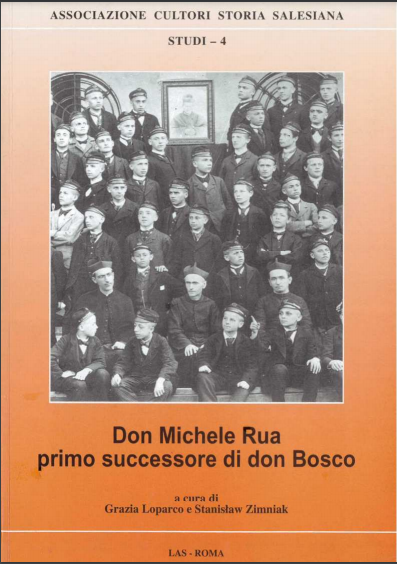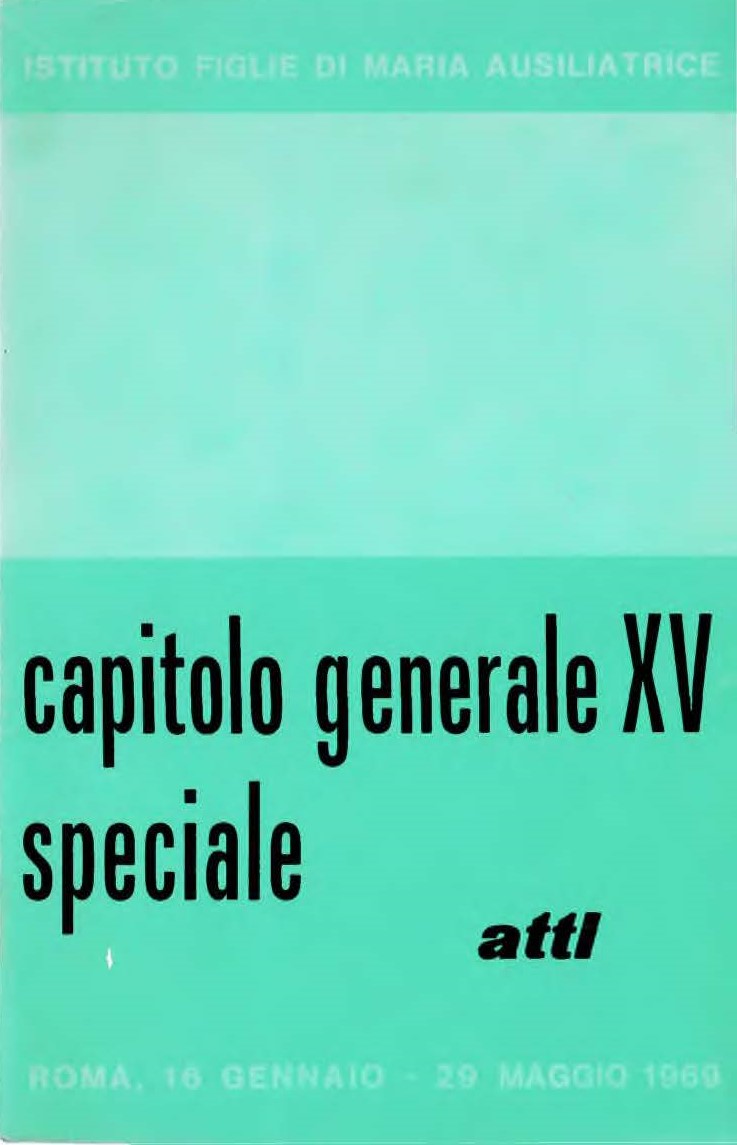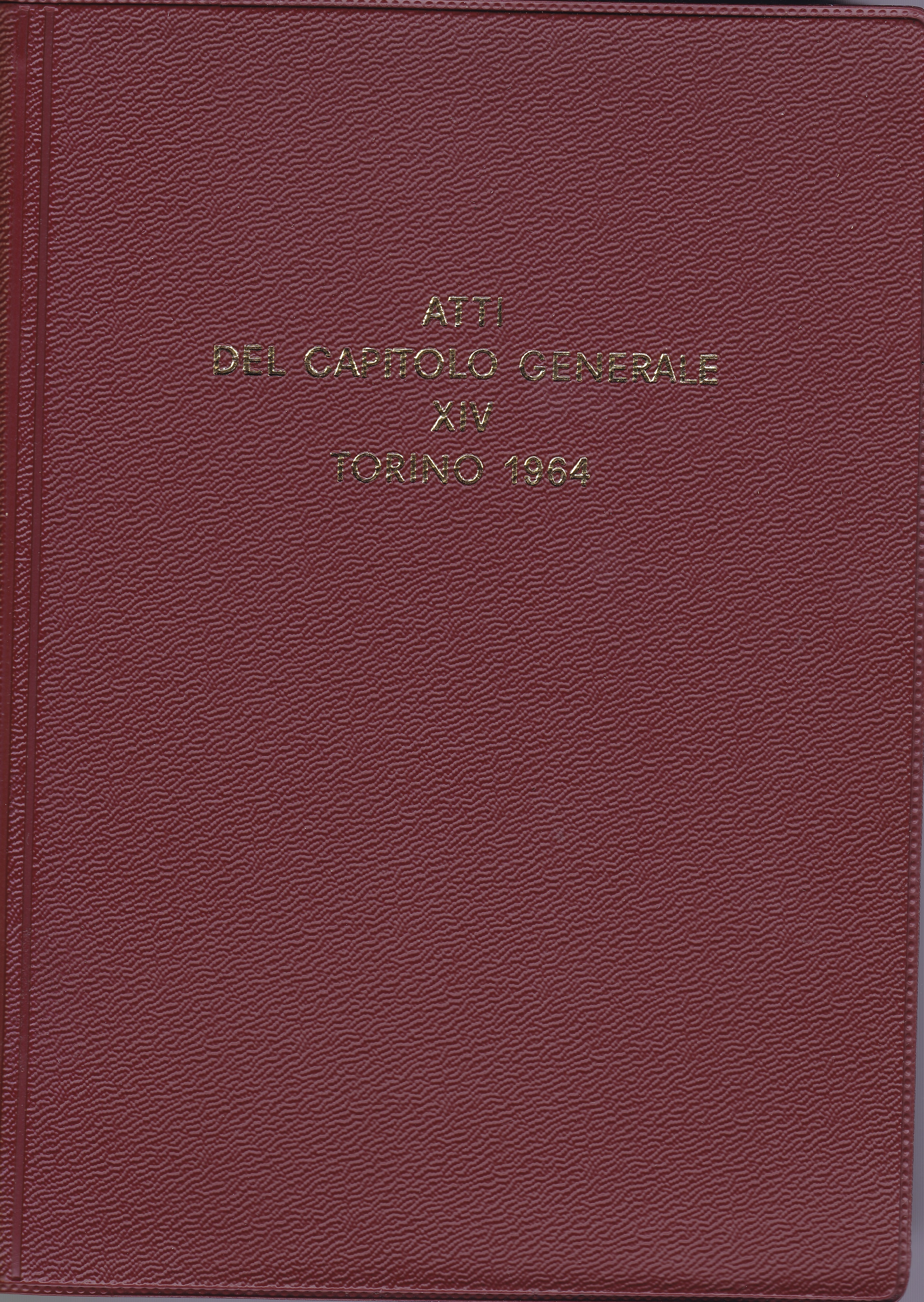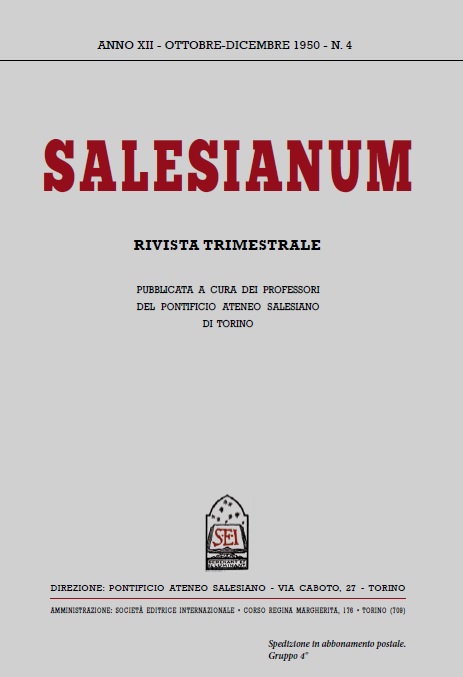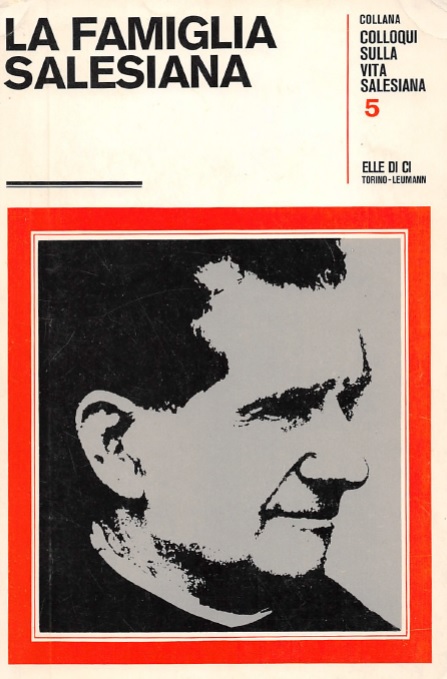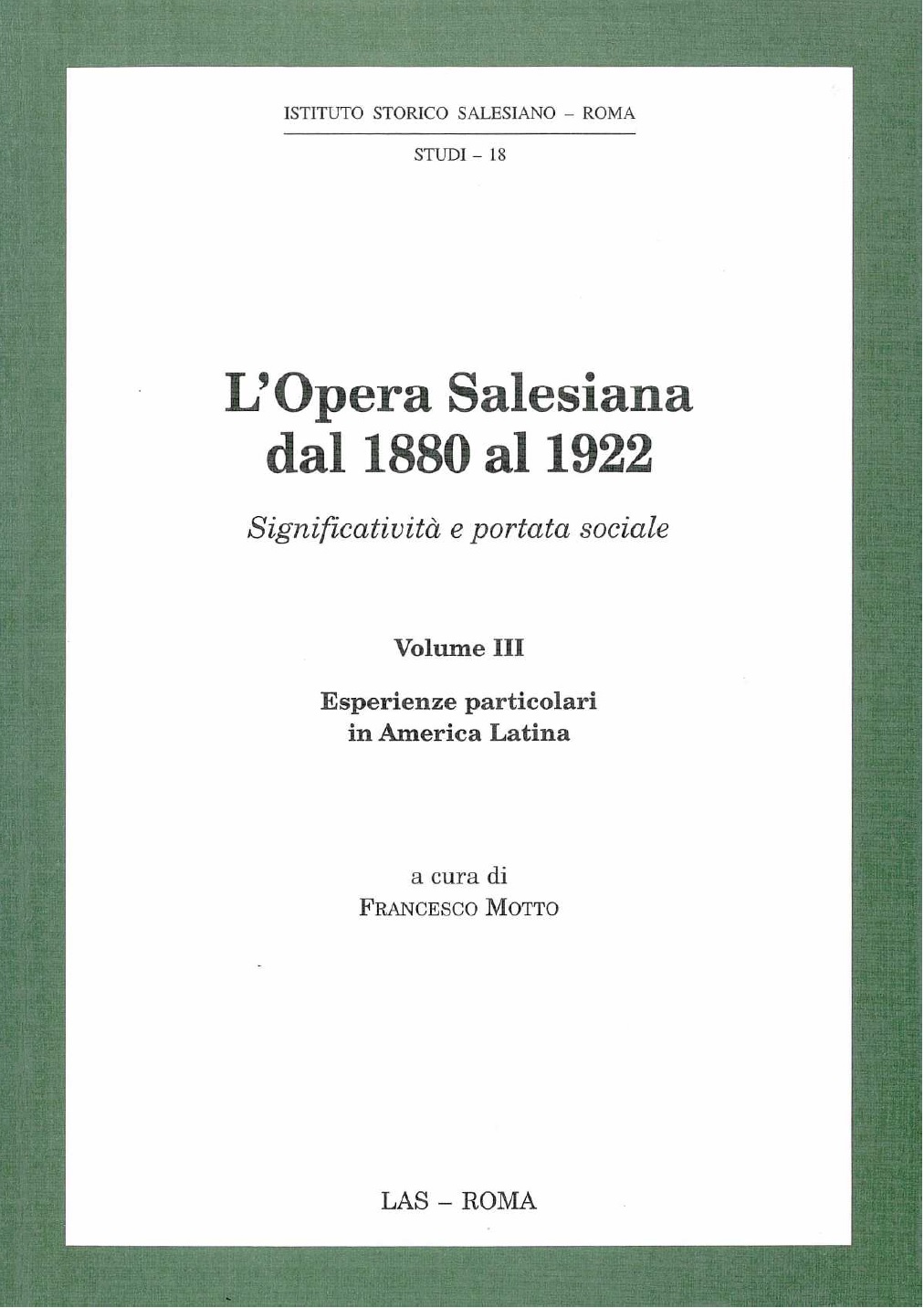Tra le mille sfaccettature del rapporto tra don Michele Rua e l’istituto delle Figlie di Maria Ausiliatrice si è scelto di avviare un approfondimento che, per la storia lombarda, potesse essere interessante e suscitare ulteriori ricerche. Quale ruolo don Rua ha avuto nelle scelte di fondazione e nella cura delle opere lombarde, dalla sua nomina a successore di don Bosco alla sua morte? Continue reading “Maria Stella Zanara – “Don Rua, le FMA e la chiesa locale in Lombardia. Tre casi emblematici” in “Don Michele Rua primo successore di Don Bosco. Tratti di personalità, governo e opere (1888-1910)”.”
